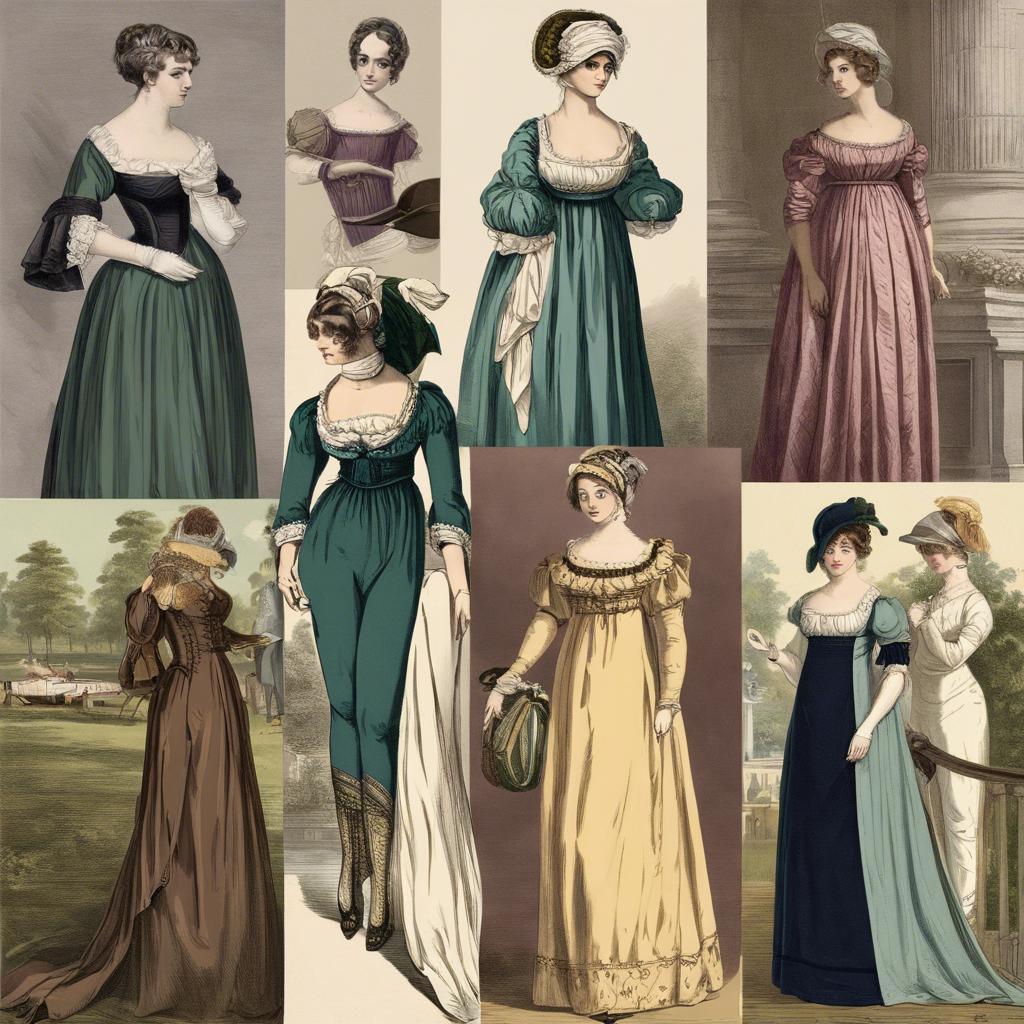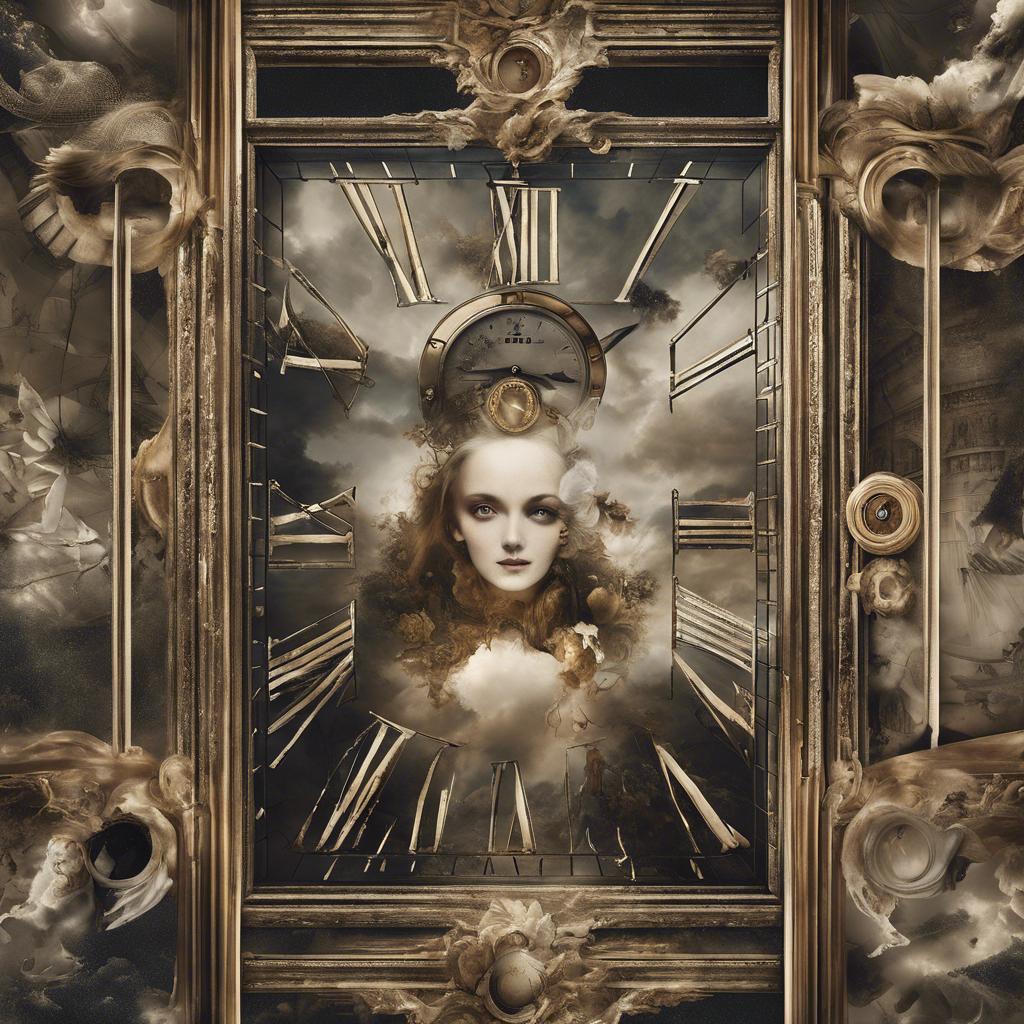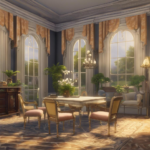The Regency era, spanning from 1811 to 1820, was a pivotal period in British history marked by political turmoil, social change, and cultural evolution. This time of transition, following the mental illness of King George III and the subsequent regency of his son, the future George IV, saw the rise of a sophisticated society known for its elegance, refinement, and extravagance. In this article, we will delve into the intricacies of the Regency era time period, exploring its key events, prominent figures, and lasting legacy on British society.
Step Into the World of Cheryl Bolen
Dive into the enchanting stories of love, intrigue, and elegance set in the Regency Era. Cheryl Bolen's novels offer timeless romance and captivating tales that will leave you wanting more.
Explore Cheryl Bolen's Books Now
A Glimpse into Regency Era Fashion: Elegance and Sophistication
During the Regency Era, fashion was a symbol of elegance and sophistication, reflecting the refined tastes of the period. Women’s fashion, in particular, was characterized by delicate fabrics, intricate designs, and an emphasis on grace and femininity. Empire waistlines, flowing skirts, and delicate embroidery were all hallmarks of Regency fashion.
One iconic piece of Regency attire was the regency era outfit dress to impress”>empire waist gown, which featured a high waistline just below the bust, creating a flattering and elongated silhouette. These gowns were often made of light, airy fabrics such as muslin or silk, adorned with lace or ribbon accents. Accessories such as gloves, parasols, and delicate jewelry completed the look, adding a touch of refinement to every outfit.
Men’s fashion during the Regency Era was equally stylish, with tailored coats, crisp white shirts, and high-waisted trousers being the norm. Tailcoats and cravats were popular choices for formal occasions, while more casual ensembles included waistcoats and top hats. The attention to detail and emphasis on quality craftsmanship were evident in every aspect of Regency fashion, making it a truly timeless and sophisticated style.
The Influence of Literature and Art on Regency Society
During the Regency era, literature and art played a significant role in shaping and influencing society. The works of renowned authors such as Jane Austen and Lord Byron captivated the minds of the upper class, providing them with a window into the social norms and values of the time. These literary works reflected the societal hierarchy, manners, and etiquette that were expected within Regency society.
Art also had a profound impact on Regency society, with artists such as Thomas Lawrence and John Constable producing masterpieces that adorned the walls of aristocratic homes. Portraits were a popular form of art during this time, showcasing the wealth and status of the sitter. Landscapes were also highly prized, providing a sense of tranquility and escape from the hustle and bustle of city life.
literature and art served as both a mirror and a window to Regency society, reflecting its values and norms while also providing an escape from the realities of everyday life. These cultural influences continue to shape our understanding of the Regency era and its impact on the development of Western civilization.
Navigating Regency Etiquette: Manners and Social Norms
In the Regency era, manners and social norms played a crucial role in shaping the interactions and relationships within high society. It was a time of strict etiquette rules that governed everything from how one greeted others to the proper way to address someone of a higher rank. Engaging in these customs was not just a matter of politeness, but a way to navigate the complex social hierarchy of the time.
One of the most notable aspects of Regency etiquette was the importance placed on proper introductions. When entering a room, it was customary to greet the highest-ranking person first, followed by others in descending order of rank. Failure to adhere to this hierarchy could result in social ostracization or embarrassment. Additionally, women were expected to curtsy and men to bow when being introduced to someone of higher status.
Furthermore, social gatherings and events in the Regency era were meticulously planned affairs that required careful attention to detail. Hosting a dinner party, for example, involved a complex seating arrangement based on rank and social standing. Table manners were also highly scrutinized, with proper etiquette dictating everything from how one held their utensils to the order in which different dishes were served. Adhering to these customs was seen as a mark of refinement and sophistication, signaling one’s ability to navigate the complexities of high society.
Exploring the Architectural Marvels of Regency England
The Regency era in England, spanning from 1811 to 1820, was a time of great architectural innovation and elegance. This period was marked by a revival of classical styles, elegant proportions, and intricate detailing in buildings throughout the country. Let’s take a closer look at some of the architectural marvels of Regency England that continue to captivate visitors and historians alike.
One of the most iconic structures from the Regency era is the Royal Pavilion in Brighton. Designed by architect John Nash, this exotic and opulent palace is a stunning example of the Indo-Saracenic style. Its onion domes, minarets, and intricate decorations reflect the growing fascination with Eastern design during this period. The interior of the Royal Pavilion is equally impressive, featuring sumptuous furnishings, exquisite chandeliers, and intricate wallpaper patterns.
Another notable architectural gem from the Regency era is the Crescent in Bath. Designed by architect John Palmer, this curved row of Georgian townhouses is a masterpiece of symmetry and elegance. The Crescent overlooks the historic city of Bath and is a prime example of the Regency style, with its stucco facades, Ionic columns, and grandiose proportions. Visitors can admire the beauty of the Crescent from the adjacent Royal Victoria Park or take a stroll along its elegant promenade.
Final Thoughts
the Regency Era was a pivotal time in British history, marked by the reign of King George IV and the distinctive cultural and social changes that defined the period. From the elegant fashions to the political reforms, the Regency Era continues to capture the imagination of historians and enthusiasts alike. As we reflect on this fascinating time in history, let us continue to explore and appreciate the enduring legacy of the Regency Era in shaping the world we live in today.


